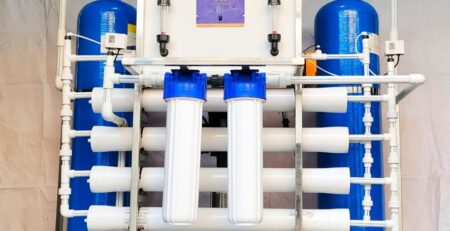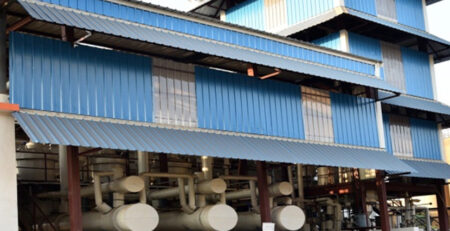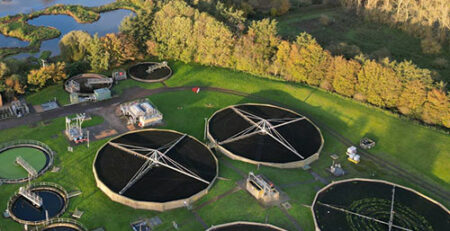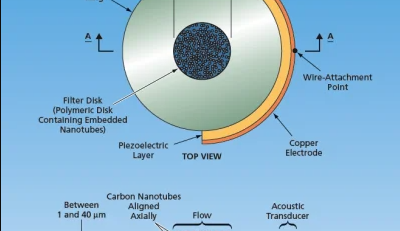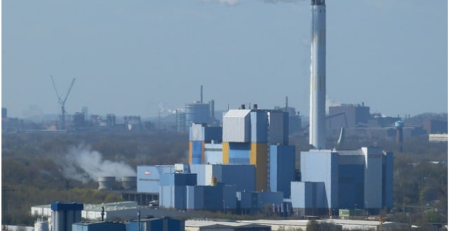Waste Heat Applications to Power Heat Exchangers
When used properly, waste heat which is sometimes viewed as an unwanted consequence of a variety of industrial processes can be a useful resource. Utilizing waste heat for heat exchanger operation is one method of collecting and repurposing it. This has advantages for the environment and the economy in addition to increasing energy efficiency. We’ll go into great detail on the idea of using waste heat to power heat exchangers.
Understanding Waste Heat
The thermal energy released into the environment during industrial activities is known as waste heat. Usually, this energy is lost naturally as heat dissipation or discharged into the
atmosphere or aquatic bodies. Vehicle exhaust fumes, power plant flue gases, and the heat generated during production are a few examples of waste heat sources.
The Significance of Waste Heat Recovery
The process of gathering and repurposing waste heat from diverse sources is known as waste heat recovery, or WHR. The potential for this approach to improve energy efficiency, lower operating costs, and lessen environmental effect has drawn a lot of interest in recent years. Heat exchangers are among the most efficient devices for using recovered waste heat.
How Waste Heat Powers Heat Exchangers
Waste heat can be used to operate heat exchangers in several ways:
-
Preheating Feedwater
Waste heat recovery systems in power generation have the ability to pre-heat the feedwater that enters the boiler. Less energy is required to reach the target steam temperature when
waste heat is used to raise the temperature of the incoming water, increasing overall efficiency. -
Space Heating
Waste heat can be used to heat spaces in commercial and industrial environments. Heat can be transferred using heat exchangers from waste heat sources to a secondary fluid that is
then pumped through the heating system of a building. As a result, less heating is required, which lowers energy expenses and consumption. -
Steam Generation
Heat exchangers can also be used to produce steam from waste heat. After that, this steam can be employed in numerous industrial activities, such as power generating, heating, and
turbine driving. -
Cooling Applications
Particularly in air conditioning systems, waste heat can be used for cooling purposes. Heat-powered absorption chillers can cool buildings or industrial operations, which lessens the
demand on conventional refrigeration systems. -
Industrial Processes
Chemical reactions, drying, distillation, and other industrial processes can all benefit from the use of waste heat. These operations can become more economical and energy-efficient
by absorbing and using waste heat.
Benefits of Waste Heat Application to Heat Exchangers
The application of waste heat to power heat exchangers offers several advantages:
-
Improved Energy Efficiency
Industries can decrease their dependency on primary energy sources and increase overall energy efficiency while lowering energy expenses by recycling waste heat.
-
Cost Savings
By reducing the need for new energy sources, using waste heat for heating or cooling purposes can save organisations money.
-
Environmental Benefits
Reducing greenhouse gas emissions and energy usage are essential components of waste heat recovery. An industrial operation that is more responsible and ecologically friendly
benefits from this sustainable approach. -
Enhanced Industrial Processes
Applying waste heat to heat exchangers can simplify and optimise a range of industrial processes, resulting in higher output and better-quality products.
-
Regulatory Compliance
Industries are required by law in some areas to lower their emissions of waste heat. Employing waste heat for constructive uses can assist businesses in adhering to these rules.
Challenges and Considerations
Heat exchangers for waste heat recovery have many benefits, but there are also some drawbacks and things to keep in mind.
- It is imperative that waste heat sources’ temperature and capacity be matched to the desired heat exchanger application.
- To achieve maximum efficiency, heat exchanger design must be customised for the particular waste heat source and application.
- For constant functioning, waste heat recovery systems must be integrated properly and maintained on a regular basis.
- Implementing waste heat recovery systems may have upfront capital expenditures, however these are frequently offset by long-term savings.
- Companies need to be aware of local waste heat recovery incentives and restrictions and follow them.
Summary
Waste heat is a useful resource that is sometimes disregarded. Businesses and industries can drastically save expenses, increase energy efficiency, and lessen their environmental effect by
using this waste heat to power heat exchangers. This helps their bottom line as well as promote a more ethical and sustainable method of conducting industrial operations. With the
advancement of technology, there will certainly be more options to boost energy efficiency and lessen environmental impact by utilising waste heat for heat exchanger applications.
Waterman Engineers’ Waste Heat-Powered Heat Exchangers
At the forefront of using waste heat to power systems, Waterman Engineers is an expert in the design, manufacture, and installation of heat exchangers. With the help of their heat exchangers, you can effectively recover waste heat from a variety of industrial processes and use it for things like heating feedwater, producing steam, and heating and cooling spaces. Heat exchangers from Waterman Engineers maximise environmental impact, lower operating costs, and improve energy efficiency by utilising waste heat. Their knowledge in this area supports more economical and environmentally friendly manufacturing processes.

